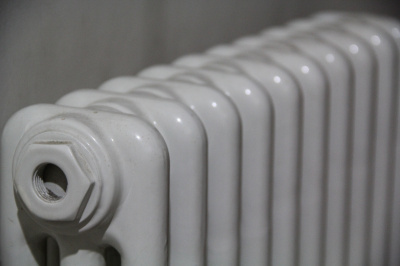How much disruption will central heating installation cause?
Central heating installation can cause a lot of disruption. Depending on your requirements, it may involve having workmen in and out of your house for several days. Some jobs involve plumbing, wall drilling, plastering, radiators being moved, and pipework being laid under the floor. Therefore there's likely to be a difference between the level of disruption caused by installing a simple boiler, compared with a full system, such as an unvented cycle system.
The noise level during installation can also be quite intrusive and will depend on the type of system you opt for. If you’re planning to install a gas boiler, then you may need to make allowance for the extra noise of gas pipework being laid.
What’s involved in central heating installation?
The central heating installation consists of several separate steps. The first step is assessing the size of your home and what kind of central heating system would be best suited to it. This will help ensure that there’s enough heat distributed throughout the house at all times.
Once you’ve worked out the best system for your needs, the next step is selecting the appropriate boiler and other components. This is where you’ll need expert advice from a qualified engineer who has experience in the field. They’ll be able to advise you on the best combination of components and where they should be placed in order to achieve maximum efficiency.
Finally, once the boiler and components have been installed, the engineer will connect the system to the mains and commission it. Then, depending on the size and complexity of your system, you may need to arrange regular maintenance visits, or even consider taking out a warranty plan.

Need assistance finding central heating near you?
Get a QuoteHow can disruption be kept to a minimum?
There are several things you can do to keep disruption during installation to a minimum. Firstly, make sure that your chosen supplier and engineer are both experienced professionals who have worked on similar installations before. Also, keep communication lines open between you and the engineer/supplier so that any problems or questions can be discussed easily.
If the engineer has to work inside your home, try to keep the area they are working in well-ventilated and free of debris. You can also speed up the process by moving furniture away from the area and, if possible, making sure that the space has easy access to a working electricity supply and water source. Finally, ensure that you have adequate insurance cover in place in case of damage to property, or injury to people.
When’s the best time to install a central heating system?
The best time to install a new central heating system is in summer. During this period, you won’t have to worry about the extreme temperatures of winter and colder weather, which could lead to temperature variations while the system is being installed. Additionally, during the summer months, engineers tend to be less busy, which could mean that you get a more competitive price on your installation.
However, if you live in a mild climate then you can install a central heating system at almost any time of the year. But, if you’re in a location prone to extreme cold in winter, it’s best to install the system before the temperatures start to drop.
Is installing a new central heating system worth it?
Installing a new central heating system can be expensive, but the long-term benefits can be significant. Not only can a new system save you money on your energy bills, but it can also help create a healthier and more comfortable living environment.
Additionally, you could benefit from improved performance and reduced running costs, as well as a longer lifespan with fewer repairs. With advances in technology, modern central heating systems are highly efficient, meaning that you can enjoy the added comfort of warm water and air throughout the year without having to worry about large energy bills.
Overall, investing in a new central heating system can be very beneficial and is definitely worth the disruption. After all, being able to keep warm and cosy in winter is a great feeling!
In this article:

